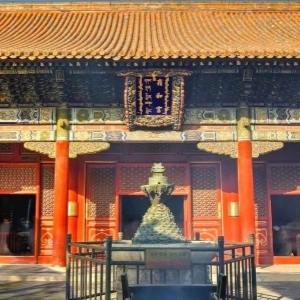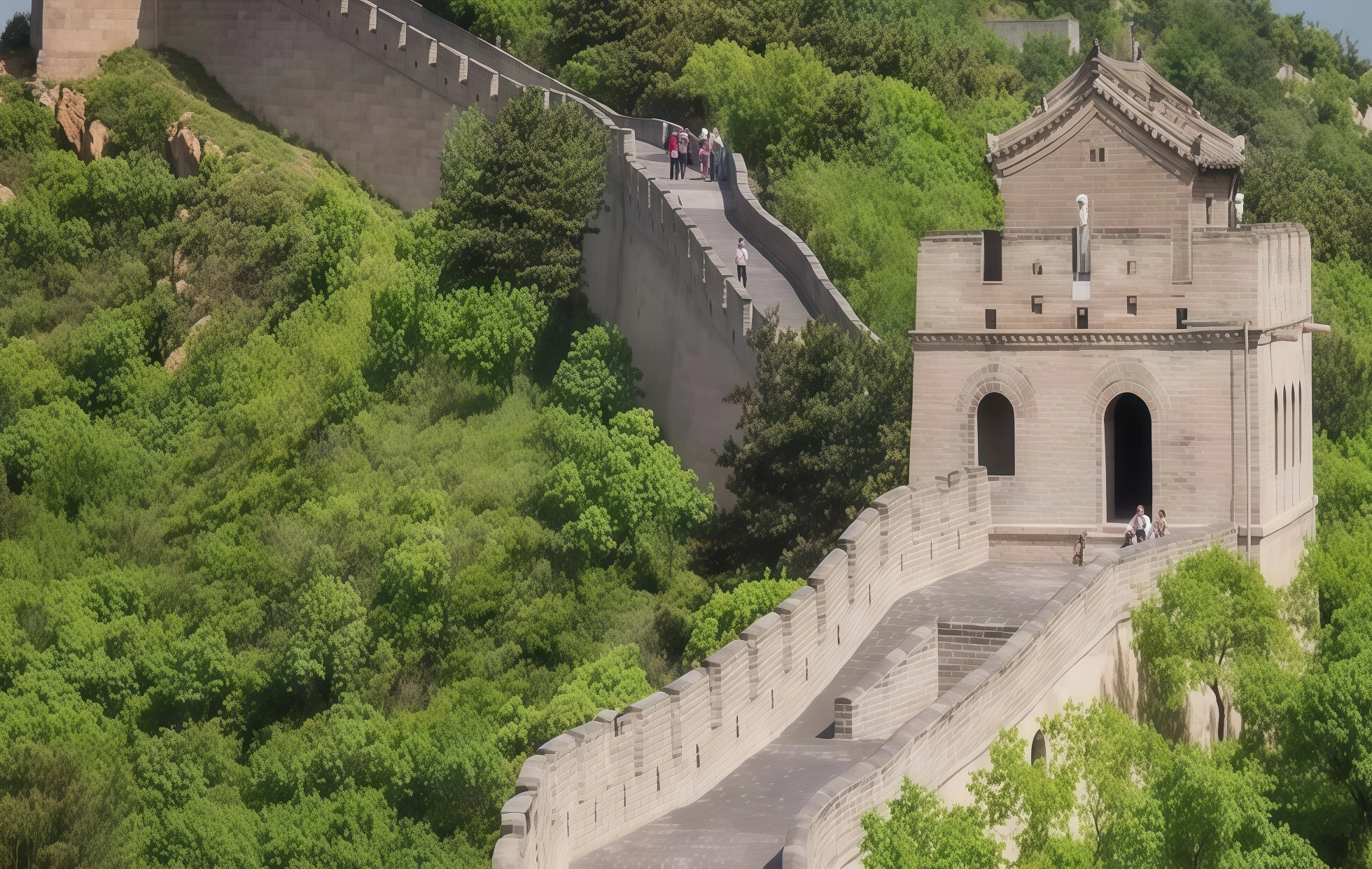Beijing, an ancient city with a history of over 3000 years of construction and over 800 years of capital city history, is not only the capital of China, but also a world-renowned cultural city. Entering Beijing feels like crossing the long river of history, with every step following the rhythm of culture. From magnificent royal buildings to bustling modern cities, Beijing attracts countless tourists with its unique charm.
If you have any questions or would like to customize your trip, please contact us!
{tour-id-1813818465834201090,1811694421114576897}
The Past and Present of the Forbidden City
The Forbidden City, a palace that carries the royal memories of the Ming and Qing dynasties, was first built during the Yongle period of the Ming Dynasty and took fourteen years to complete. It is an outstanding representative of ancient Chinese palace architecture. It is not only a place for royal residence and various ceremonies, but also the center of ancient Chinese politics, culture, and art. After hundreds of years of wind and rain, the Forbidden City has witnessed countless historical changes and has now become a world cultural heritage, attracting the attention of tourists from all over the world.

The composition of Beijing city
As the capital of China, Beijing's urban structure retains the charm of an ancient capital while incorporating the prosperity of a modern city. The buildings on the central axis, such as Tiananmen Square, Forbidden City, Jingshan Mountain, Beihai, etc., constitute the core area of Beijing, showcasing the solemnity and glory of the ancient capital. And commercial districts such as Dongdan, Xidan, Wangfujing, as well as modern business districts such as Guomao and Sanlitun, showcase the modernity and vitality of Beijing.

The composition of the Forbidden City
The architectural layout of the Forbidden City is rigorous and symmetrical, with seven main buildings arranged in sequence along the central axis, including the Meridian Gate, Taihe Hall, Zhonghe Hall, Baohe Hall, Qianqing Palace, Jiaotai Hall, and Kunning Palace. There are six east-west palaces and imperial gardens symmetrically distributed on both sides. Each building contains rich historical and cultural connotations, reflecting the essence of ancient Chinese architectural art. Every brick and tile of the Forbidden City exudes the nobility and majesty of the royal family.
The 'Dragon Vein Feng Shui' of Beijing City
Beijing has been regarded as the "land of dragon veins" since ancient times, and its urban layout and architectural planning are deeply influenced by feng shui. As the soul of Beijing city, the central axis not only connects important buildings at the north and south ends, but is also regarded as a symbol of the "dragon vein". The Forbidden City, as the core of the central axis, follows the principles of Feng Shui in its architectural layout and orientation selection, aiming to pray for the peace and prosperity of the royal family. These mysterious and legendary stories add a touch of mystery to the city of Beijing.
Beijing Travel Advice: Exploring the Deep Journey of Ancient Capital Culture
For tourists who want to gain a deeper understanding of Beijing's culture and history, the Forbidden City is undoubtedly a must visit destination. In addition, you can also visit royal gardens such as the Temple of Heaven, Summer Palace, and Yuanmingyuan to experience the ancient royal lifestyle. At the same time, why not step into hutongs and quadrangle courtyards to experience the urban life of old Beijing. In the evening, you can stroll around Wangfujing Pedestrian Street or Sanlitun Bar Street, taste authentic Beijing snacks, and experience the nightlife of Beijing.
Related Posts
Create Your Customized Trip
Take about 2 minutes to fill the form to tell us how you like to travel, and get a reply within 1 working day.









